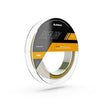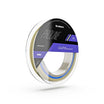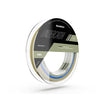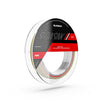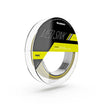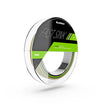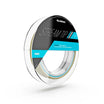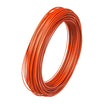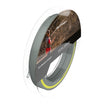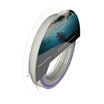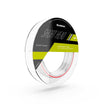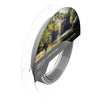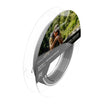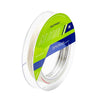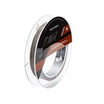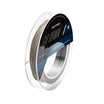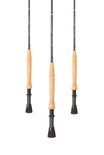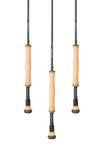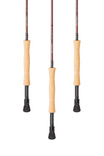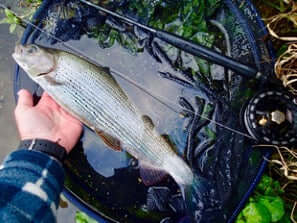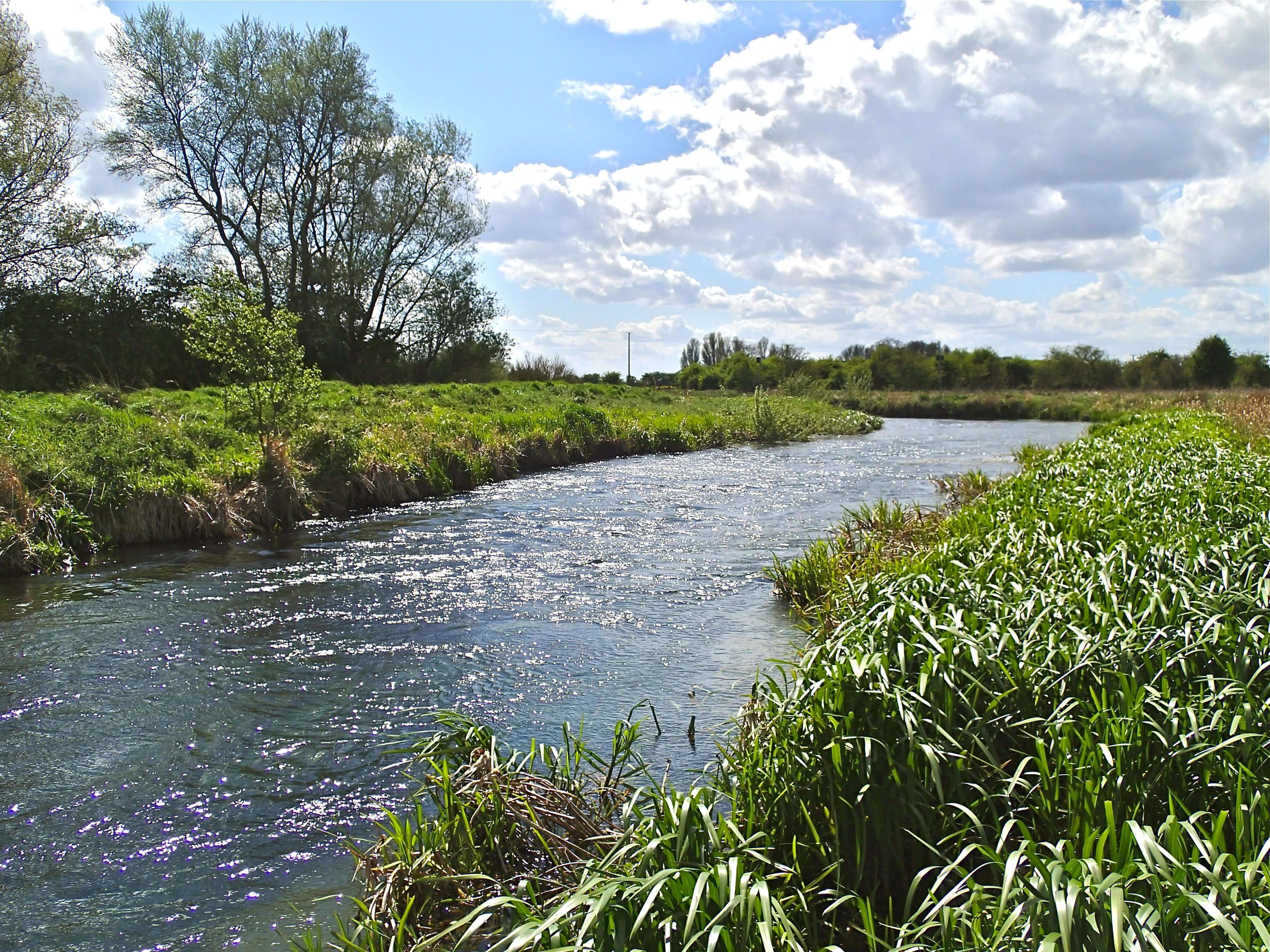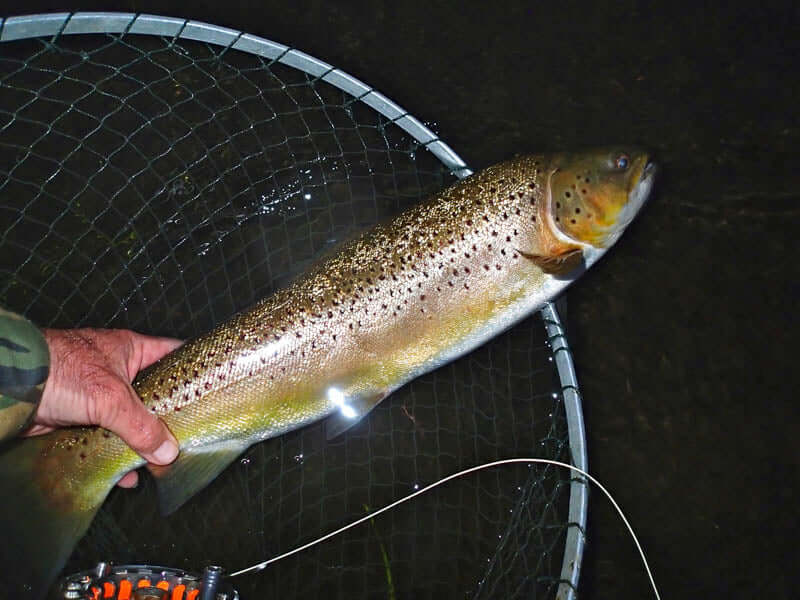Blog by Dave Southall
It has been a challenging winter for us all with the second Covid Lockdown. Thank heavens for the Angling Trust negotiating for us to be able to fish locally & for the fact that I live very close to a small so-called small still water, Wansford Lake near Driffield. It is in fact a U shaped, canal-like, settling pond for the local trout farm which is located on the Driffield Canal, a part of the Driffield Beck chalk stream system. It has a distinct flow, particularly at the inlet which makes it more like a river. As well as stocked rainbows it contains a small resident population of wild brown trout & grayling, both of which appear to be self-sustaining.
I have been visiting the lake for a few hours nearly every day at dawn to keep the abundant cormorants at bay till the baliff arives at around 9am. As a result I’ve been lucky enough to fish quite regularly. However the fishing has been challenging. Due to the reduced number of anglers & the predation by cormorants & otters there has been very little stocking of rainbows & the fish have become highly educated. Furthermore, the usual heavy hatches of tiny Chironomid midges have not occurred, added to which the constant heavy winter rains which have caused Driffield Beck to overflow its banks for months, have also heavily coloured Wansford Lake until very recently (early March).
Over the winter I’d usually have been sight fishing with tiny Buzzer Pupae (size 24 to 30) or Micro CdC Midges, but this winter I have had to be very versatile. During the periods of heavily coloured water I’ve mainly fished with black or dark coloured flies since they silhouette well when viewed against the light from the sky. I find that black flies always work well in coloured water & it is no surprise that many sea trout flies used at night are black with a bit of silver flash to reflect any available light. Flies that have worked well for me have been size 18 & 20 Perdigon nymphs tied with black tungsten beads, black 0.09mm diameter wire bodies with a red wire rib & collar behind the bead & size 16 Squirmy Worms tied with a 2mm black tungsten bead & dark brown squirmy material.
When the colour has been dropping out a bit the Perdigons have still been effective, as have size 20 sawyer Pheasant Tail nymphs, Pink Shrimps & Pink Chewing Gum Worms.
During the last few days of February & the first few of March the water has been clear enough to target visible fish, particularly the small number of illusive grayling, & size 20 Pheasant Tail nymphs & size 22 Bloodworms have done the business for me with the grayling & occassional trout.
A critical requirement for consistent success with the well educated Wansford Lake fish is a perfect dead-drift or vertical ‘on the drop’ presentation. The fish will reject any small, immitative fly that drifts across or faster than the flow or that sinks in an arc on a tight line. Furthermore to achieve such perfect presentation is not easy and often when sight-fishing it is necessary to repeatedly cover a fish before the presentation is good enough to fool the fish. A friend describes it perfectly when he says “It was 1000 f..in’ casts for an f..in’ fish!” To facilitate good presentation of these small flies & to avoid scaring the fish when repeatedly casting requires long rods, very light lines, long leaders & fine tippets, plus when fishing with an indicator the indicator must not be intrusive. I therefore fish with one of 2 setups. My super-light setup consists of a Sunray 10’ 6” ZERO 0 weight, Sunray 0 weight jeremy Lucas line, a 7’ tapered section of leader tapering from 0.43mm to about 0.20mm diameter to which I attach loop to loop a semi-curly coloured mono indicator that is well greased & about 3 to 4’ of 0.10 or 0.09mm diameter copolymer tippet (the water depth is only 2 to 4’). If the water is clear enough I may dispose of the indicator & watch for the takes. My ‘heavy’ setup is a 10’ 2 weight Sunray JL Volition rod, 1 or 2 weight Sunray Jeremy Lucas line & the same leader rig as before. On the rare occassions that I need a fly that is too heavy to be supported by the greased mono indicator I use a small greased New Zealand Wool indicator which lands softly, causes minimal drag & is easily adjusted for water depth. Tom’s rods are designed to have a soft, forgiving action that protects fine tippets whilst being crisp enough to cast well with a range of line weights & lengths.

Playing a Wansford Lake rainbow on the 10’ 2 weight Volition

A Wansford Lake grayling & Sunray ZERO rod, plus 0 weight jeremy Lucas line
Black Perdigon Nymph



